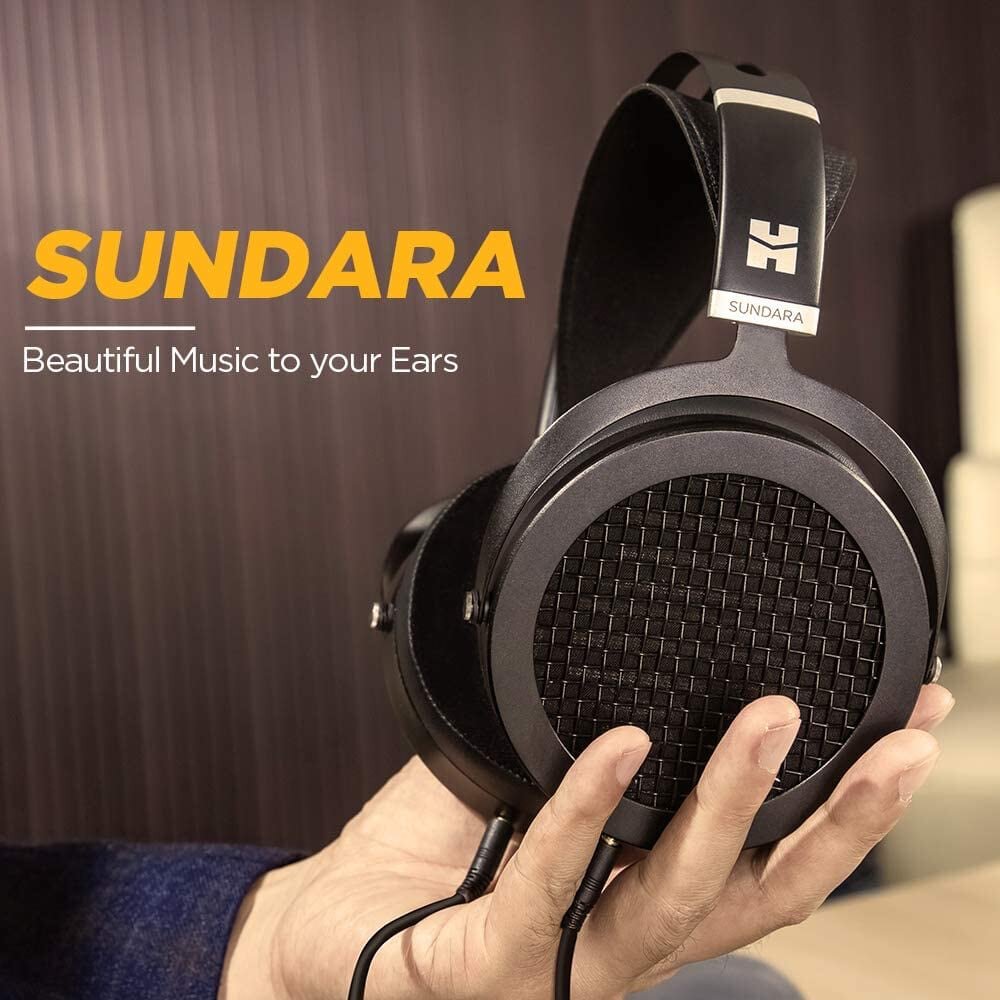I’ll start this review with a story. Since last year, I’ve experienced the following routine almost every morning. I wake up at five, and after the habitual espresso, I go straight to my audio setup and say hello to my turntable, CD player, speakers, and amp (like I imagine everyone does). Everything needed for me to begin my listening session, turn up my amp, speakers and enjoy. But, it’s too early. So, I compromise, I go for my phone and get the wireless headphones ready. There’s nothing wrong with this picture, of course, but after months of confinement, I felt my setup deserved more. Better sound, higher-end audio headphones and leave the wireless behind. Enter the audiophile headphone world.
My experience has always been with wireless over-the-ear headphones (Sennheiser PXC 550-II, Sony WH-1000XM3, Bose SoundLink—the Sennheiser’s are for me the clear winner of these three by the way). I had no need for wired headphones and the amp to drive them. I’ve had wireless headphones exclusively—some Apple AirPods Pro earphones as well because they are just so practical.




















